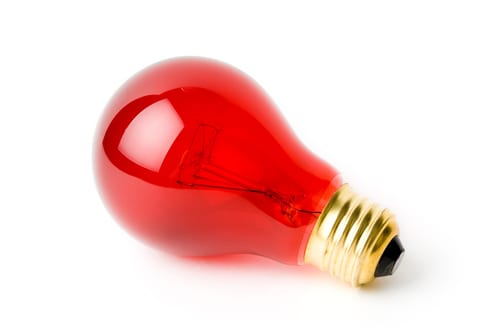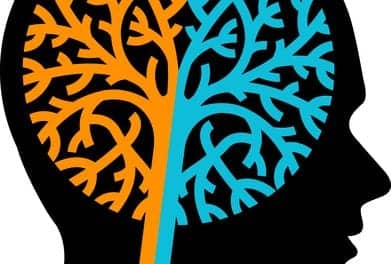 A new study from the Lighting Research Center (LRC) at Rensselaer Polytechnic Institute shows that exposure to certain wavelengths and levels of light has the potential to increase alertness during the post-lunch dip that typically occurs from 2 to 4 pm.
A new study from the Lighting Research Center (LRC) at Rensselaer Polytechnic Institute shows that exposure to certain wavelengths and levels of light has the potential to increase alertness during the post-lunch dip that typically occurs from 2 to 4 pm.
The research was a collaboration between Mariana Figueiro, LRC Light and Health Program director and associate professor at Rensselaer, and LRC doctoral student, Levent Sahin. Results of the study, titled “Alerting effects of short-wavelength (blue) and long-wavelength (red) lights in the afternoon,” were recently published in Physiology & Behavior journal.
During the study conducted at the LRC, participants experienced two experimental lighting conditions in addition to darkness. Long-wavelength “red” light (?max = 630 nanometers) and short-wavelength “blue” light (?max = 470 nanometers) were delivered to the corneas of each participant by arrays of light emitting diodes (LEDs) placed in 60 × 60 × 60 cm light boxes. Participant alertness was measured by electroencephalogram (EEG) and subjective sleepiness (KSS scale).
The team found that, compared to remaining in darkness, exposure to red light in the middle of the afternoon significantly reduces power in the alpha, alpha theta, and theta ranges. Because high power in these frequency ranges has been associated with sleepiness, these results suggest that red light positively affects measures of alertness not only at night, but also during the day. Red light also seemed to be a more potent stimulus for modulating brain activities associated with daytime alertness than blue light, although they did not find any significant differences in measures of alertness after exposure to red and blue lights. This suggests that blue light, especially higher levels of blue light, could still increase alertness in the afternoon. It appears that melatonin suppression is not needed for light to have an impact on objective measures of alertness.
“Our study suggests that photoreceptors other than the intrinsically photosensitive retinal ganglion cells respond to light for the arousal system,” said Figueiro. “Future research should look into the spectral sensitivity of alertness and how it changes over the course of 24 hours.”
The collaboration between Figueiro and Sahin lays the groundwork for the possible use of tailored light exposures as a non-pharmacological intervention to increase alertness during the daytime.





